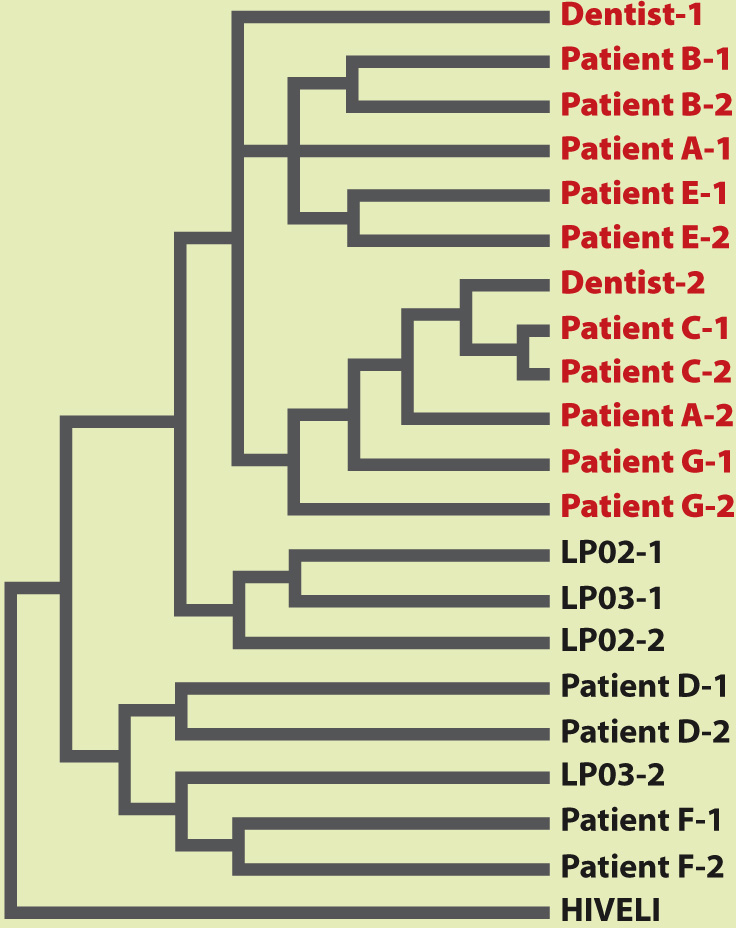Phylogenetic trees can help solve practical problems.
The sequence of changes on a tree from its root to its tips documents evolutionary changes that have accumulated through time. Trees suggest which groups are older than others, and which traits came first and which followed later. Proper phylogenetic placement thus reveals a great deal about evolutionary history, and it can have practical consequences as well. For example, oomycetes, microorganisms responsible for potato blight and other important diseases of food crops, were long thought to be fungi because they look like some fungal species. The discovery, using molecular characters, that oomycetes belong to a very different group of eukaryotic organisms, has opened up new possibilities for understanding and controlling these plant pathogens. Similarly, in 2006, researchers used DNA sequences to identify the Malaysian parent population of a species of butterfly called lime swallowtails that had become an invasive species in the Dominican Republic, pinpointing the source populations from which natural enemies of this pest can be sought.
Phylogenetics solved a famous case in which an HIV-
HOW DO WE KNOW?
FIG. 23.10
Did an HIV-
BACKGROUND In the late 1980s, several patients of a Florida dentist contracted AIDS. Molecular analysis showed that the dentist was HIV-
HYPOTHESIS It was hypothesized that the patients acquired HIV during dental procedures carried out by the infected dentist.
METHOD Researchers obtained two HIV samples each (denoted 1 and 2 in the figure) from several people, including the dentist (Dentist 1 and Dentist 2), several of his patients (Patients A through G), and other HIV-
RESULTS Biologists constructed a phylogeny based on the nucleotide sequence of a rapidly evolving gene in the genome of HIV. Because the gene evolves so quickly, its mutations preserve a record of evolutionary relatedness on a very fine scale. HIV in some of the infected patients—
CONCLUSION HIV phylogeny makes it highly likely that the dentist infected several of his patients. The details of how the patients were infected remain unknown, but rigidly observed safety practices make it unlikely that such a tragedy could occur again.

FOLLOW-
SOURCE Hillis, D. M., J. P. Huelsenbeck, and C. W. Cunningham. 1994. “Application and Accuracy of Molecular Phylogenies.” Science 264: 671–
Similarly, phylogenetic studies of influenza virus strains show their origins and subsequent movements among geographic regions and individual patients. Today, there is a growing effort to use specific DNA sequences as a kind of fingerprint or barcode for tracking biological material. Such information could quickly identify samples of shipments of meat as being from endangered species, or track newly emerging pests. The Consortium for the Barcode of Life has already accumulated species-